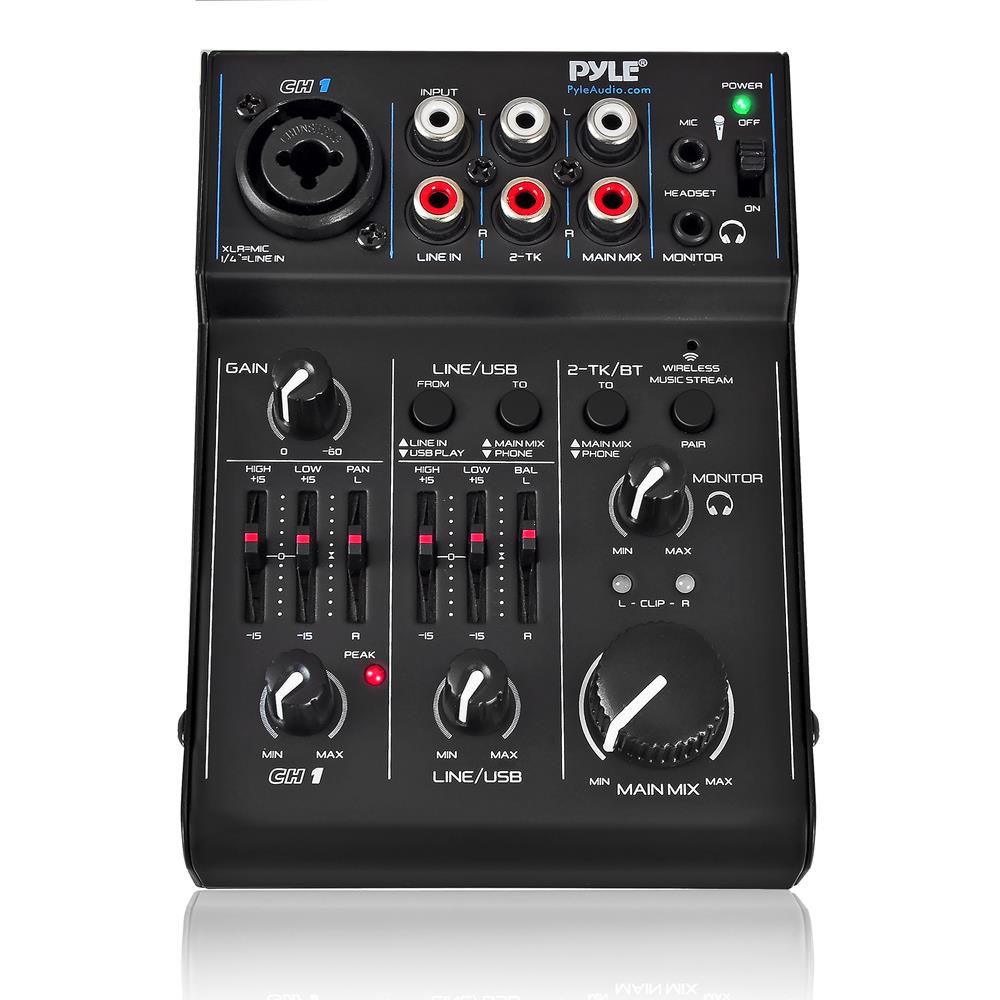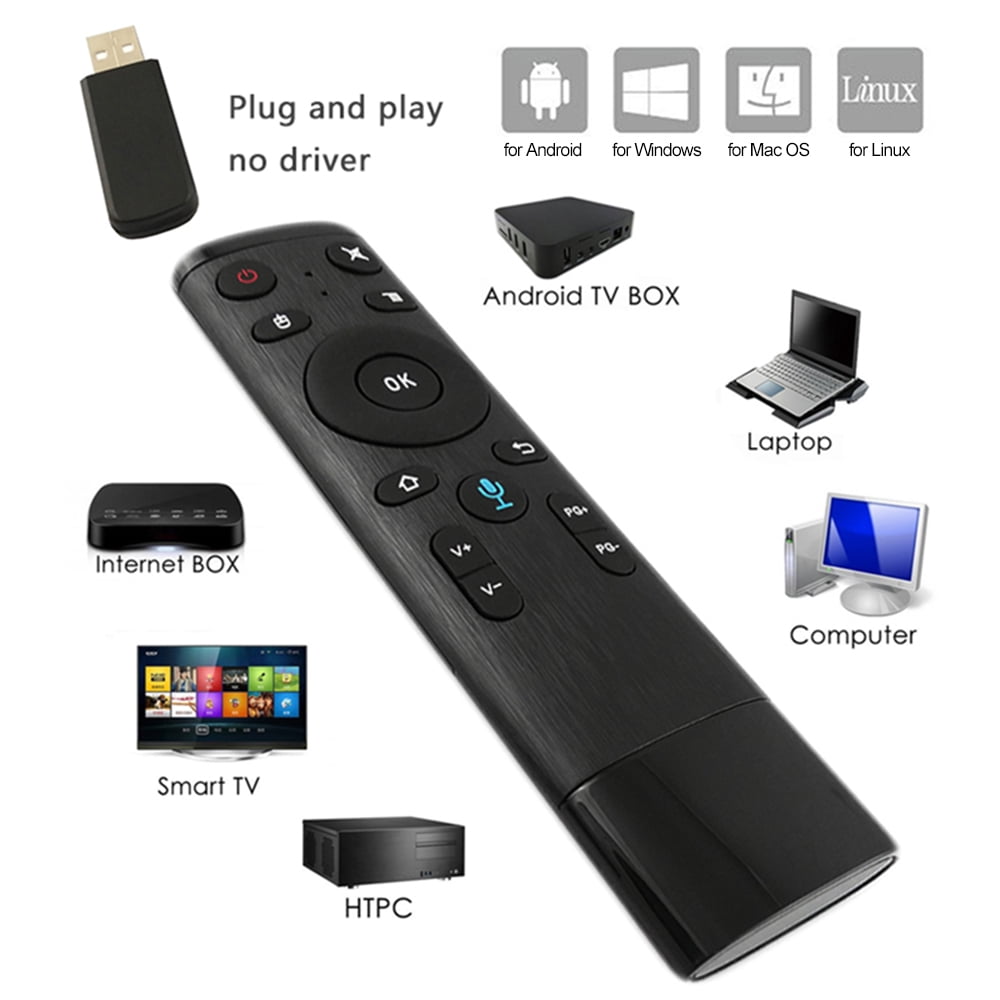
- #PC RECORDER CONTROLLER INPUT HOW TO#
- #PC RECORDER CONTROLLER INPUT UPDATE#
- #PC RECORDER CONTROLLER INPUT CODE#
- #PC RECORDER CONTROLLER INPUT BLUETOOTH#
- #PC RECORDER CONTROLLER INPUT WINDOWS#
Here, we use the same m_pointerPressed variable discussed in the section above for adding mouse events.
#PC RECORDER CONTROLLER INPUT UPDATE#
Std::remove_if(m_gamepads.begin(), m_gamepads.end(), (GamepadWithButtonState& gamepadWithState)įinally, update the input logic to recognize changes in controller state. Void MyHolographicAppMain::OnGamepadRemoved(Object^, Gamepad^ args) If (args = gamepadWithButtonState.gamepad) Make sure to update the class name: void MyHolographicAppMain::OnGamepadAdded(Object^, Gamepad^ args)įor (auto const& gamepadWithButtonState : m_gamepads) M_gamepadRemovedEventToken = Gamepad::GamepadRemoved +=īind(&$safeprojectname$Main::OnGamepadRemoved, this, _1, _2)įor (auto const& gamepad : Gamepad::Gamepads)Īdd these event handlers to your main class.

M_gamepadAddedEventToken = Gamepad::GamepadAdded +=īind(&$safeprojectname$Main::OnGamepadAdded, this, _1, _2) Initialize gamepad events, and any gamepads that are currently attached, in the constructor for your main class: // If connected, a game controller can also be used for input. Windows::Gaming::Input::Gamepad^ gamepad Keeps track of a gamepad and the state of its A button. Windows::Foundation::EventRegistrationToken m_gamepadRemovedEventToken Windows::Foundation::EventRegistrationToken m_gamepadAddedEventToken Void OnGamepadRemoved(Platform::Object^, Windows::Gaming::Input::Gamepad^ args)

Stop looking for gamepads that are unplugged. Void OnGamepadAdded(Platform::Object^, Windows::Gaming::Input::Gamepad^ args)
#PC RECORDER CONTROLLER INPUT WINDOWS#
Game controllers can be a fun and convenient way of allowing the user to control an immersive Windows Mixed Reality experience.Īdd the following private member declarations to the header class for your main file: // Recognize gamepads that are plugged in after the app starts.
#PC RECORDER CONTROLLER INPUT BLUETOOTH#
Notice that the mouse click will now reposition the cube in your immersive headset - or HoloLens with bluetooth mouse attached. Pose = SpatialPointerPose::TryGetAtTimestamp(currentCoordinateSystem, prediction->Timestamp) Pose = pointerState->TryGetPointerPose(currentCoordinateSystem) Now, in the Update method, replace the existing logic for getting a pointer pose with this: SpatialInteractionSourceState^ pointerState = m_spatialInputHandler->CheckForInput() Make sure to update the class name: void MyHolographicAppMain::OnPointerPressed() You'll need this private member variable, as well: // Keep track of mouse input.įinally, we'll update the main class with new logic to support mouse clicks. Add this public method declaration to the header file: // Handle mouse input. Let's modify the main class to support this pass-through. The event handler we just added is a pass-through to the template main class. Allow the user to interact with the holographic world using the mouse. Then put this definition for OnPointerPressed at the bottom of the file: void AppView::OnPointerPressed(CoreWindow^ sender, PointerEventArgs^ args) Ref new TypedEventHandler(this, &AppView::OnPointerPressed)
#PC RECORDER CONTROLLER INPUT CODE#
In AppView.cpp, add this code to SetWindow: // Register for pointer pressed notifications. Void OnPointerPressed(Windows::UI::Core::CoreWindow^ sender, Windows::UI::Core::PointerEventArgs^ args) Start by declaring a new OnPointerPressed handler in AppView.h: protected:

UWP apps can also get raw XY data for the mouse by using the MouseDevice API. After making this modification, a mouse click while wearing an immersive headset device will reposition the cube.
#PC RECORDER CONTROLLER INPUT HOW TO#
Here's how to modify the Windows Holographic app template to support mouse clicks in the same way as pressed gestures. You can also use mouse input, again via the UWP CoreWindow input event handlers. This lets Windows understand the state of your own app-rendered text boxes, so the virtual keyboard can correctly contribute to the text there.įor more information on implementing CoreTextEditContext support, see the CoreTextEditContext sample. Void AppView::OnKeyPressed(CoreWindow^ sender, KeyEventArgs^ args)įor immersive desktop headsets, you can support virtual keyboards rendered by Windows over your immersive view by implementing CoreTextEditContext. Ref new TypedEventHandler(this, &AppView::OnKeyPressed) Your app consumes keyboard input data the same way in Windows Mixed Reality.įrom AppView.cpp: // Register for keypress notifications. In the Windows Holographic app template, we include an event handler for keyboard input just like any other UWP app. Subscribe for CoreWindow input events Keyboard input The concepts are equivalent for a C++/WinRT project, though you will need to translate the code. The code snippets in this article currently demonstrate use of C++/CX rather than C++17-compliant C++/WinRT as used in the C++ holographic project template. For new native app projects, we recommend using the OpenXR API. This article relates to the legacy WinRT native APIs.


 0 kommentar(er)
0 kommentar(er)
